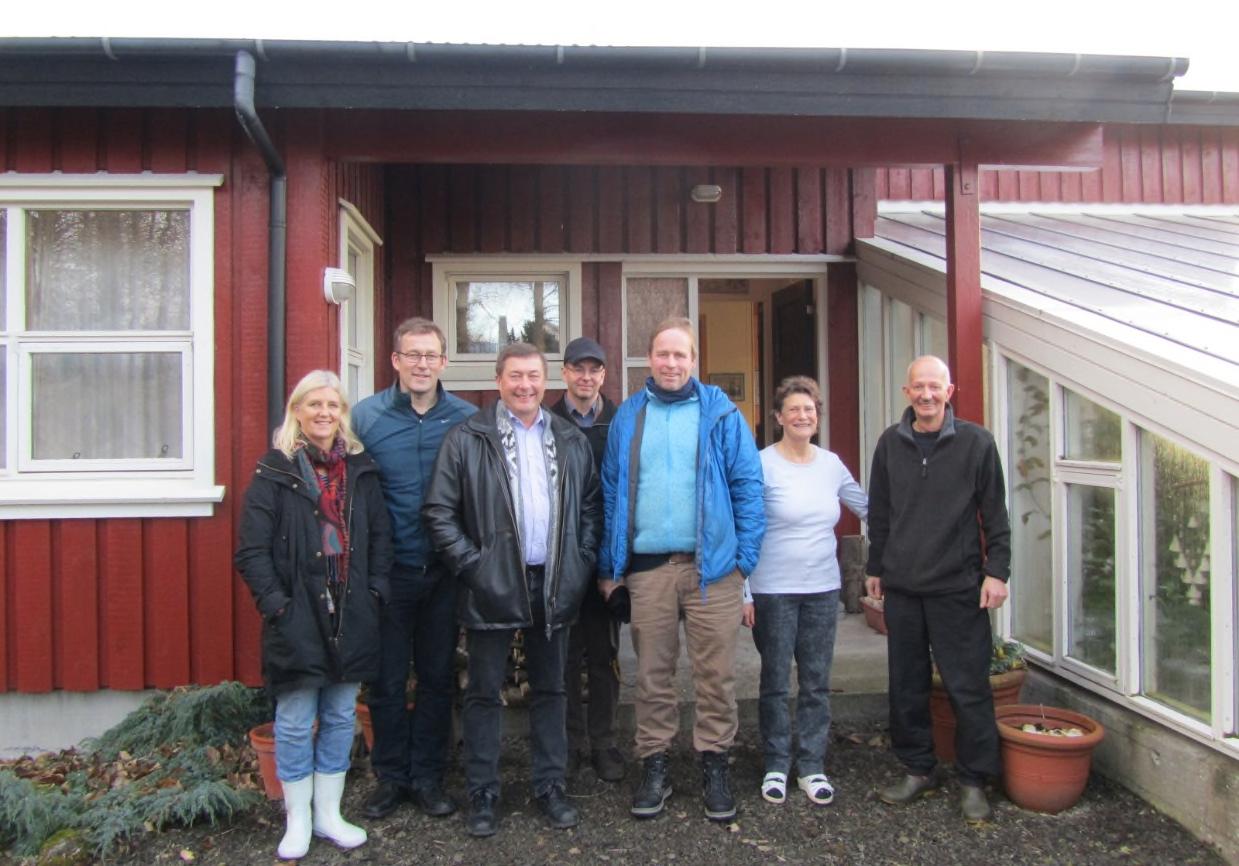
2 minute read
Conclusions and suggested alternatives for arctic agriculture
In a report published by the IFOAM EU Group in 2016 the following concerns were stated for European organic farming in general: “Supply chains suffer from gaps between supply and demand, logistic failures and/or other inefficiencies that do not allow supply and demand to be matched. Most studies on organic supply chains report a number of issues concerning their structure and performance:
• high operating costs • lack of alignment between supply and demand • poor reliability of supply • lack of collaboration among chain members • different values and motivation among different actors in the chain • lack of information flow“
These points apply even more heavily for organic arctic farmers than organic farmers further south. There is limited flexibility in the organic directives and rules that take into consideration regional variation like the cold climate and short growing season. The standardized EU legislation for its inner markets does not seem to include scope for any meaningful allowance for deviation from general production rules. The standard argument is continually repeated that a country granted exceptions from the rules, even in minor aspects, such as taking into account the need for the use of slatted floors in livestock buildings in non-cereal producing arctic regions, would create a competitive advantage. However, there are still national differences when it comes to organic directives and rules. For instance, Sweden allows up to a certain extent co-operation and interactions between organic and conventional farms which are prohibited in other arctic countries.
The main barriers for organic agriculture in the arctic are: • Comparable larger yield gap vs. conventional production caused by slow and restricted release of nutrients from organic fertilizers as a result of the cold climate and short growing season. • Lack of organic certified raw material, mainly fertilizers, but also seeds. • Lack of domestic markets, i.e. the willingness of the consumer to buy organic products. • Too expensive and strict certification system, not adjusted to arctic agricultural conditions.
There are indications that organic farming is easier in the arctic than in other parts of the developed world in some respects, e.g. less problems with diseases and pests. But this also applies to conventional farming in the arctic. Therefore, use of pesticides and herbicides on conventional arctic farms is very limited and is by many not considered a threat for human health or the environment in the arctic.
There are limited studies available on water eutrophication caused my mineral fertilization in the arctic. An Icelandic study on nutrient leaching from mostly forage fields (on drained peat) could not correlate time of nutrient leaching with time of mineral fertilizer or manure application.
Both organic and conventional farming systems would benefit from higher proportions of N-fixing clovers in their perennial forage fields, but availability of well adapted cultivars for the arctic is lacking.
Willingness of common consumers in the arctic to pay more (or enough) for organic certified products is limited in spite of promotional efforts by the organic sector and most governments. This



